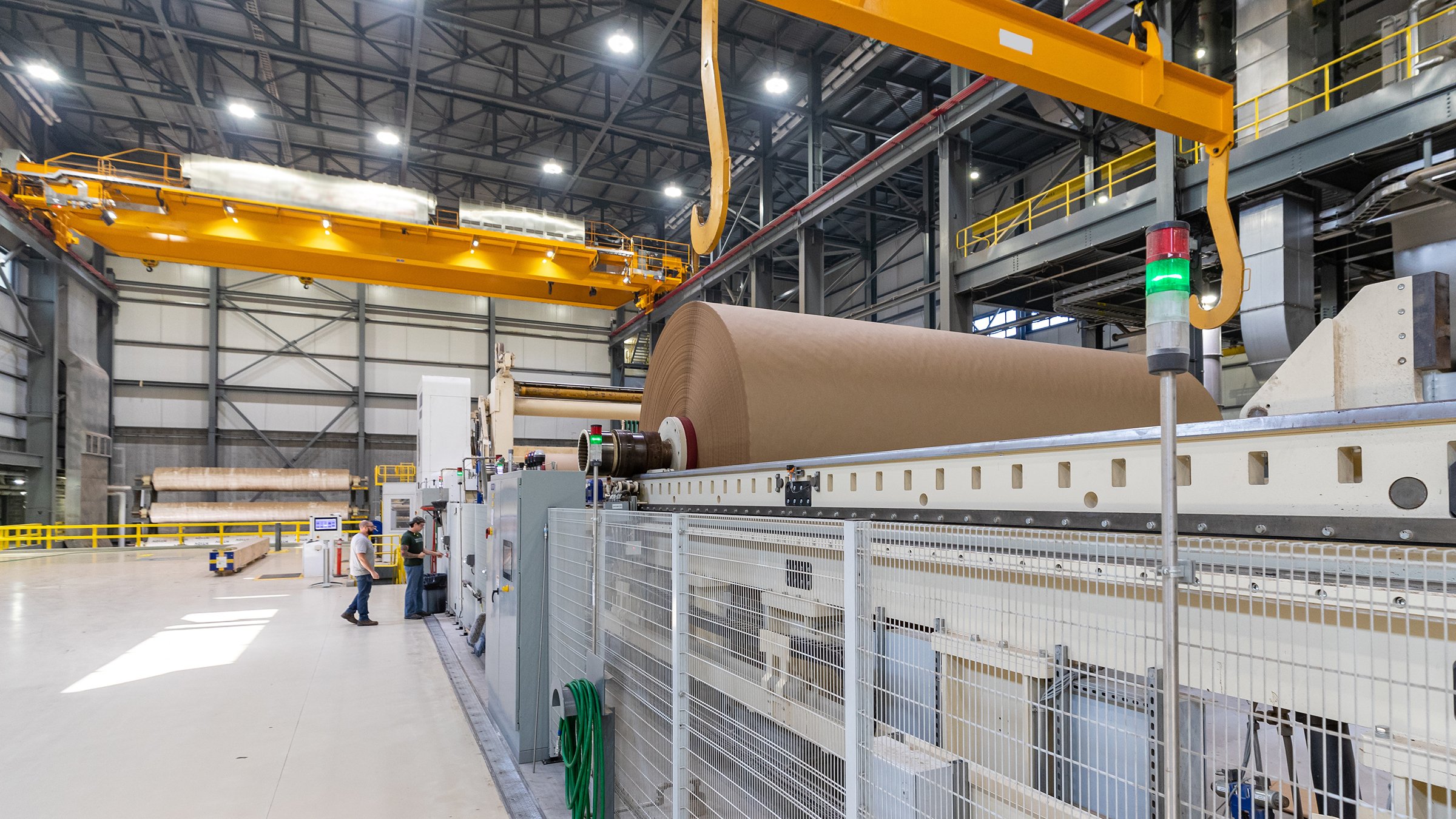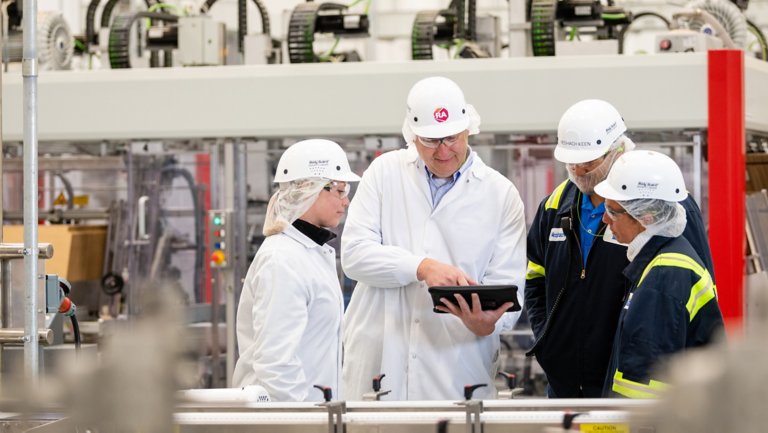The initial implementation of this process for every machine can seem intimidating. You may wonder, “How can I start this process at my facility?” or perhaps “What type of machines should I focus on?” Many facilities have hundreds of different types of industrial automation equipment that vary in complexity, safety devices, and even their current phase in the safety lifecycle. That is where the process of conducting a conformity audit becomes a valuable tool for you to use.
The conformity audit process involves a Rockwell Automation safety consultant analyzing safety components, guarding, E-stops, and lockout/tagout/isolation devices on all machines at your facility. As a jumpstart into the safety lifecycle, this preliminary step gives a high-level overview of all machines and ranks them from higher-risk to lower-risk machines. For example, the machines that are scored with a higher risk in the conformity audit are the perfect candidates to prioritize for risk assessments. There could be hundreds to thousands of machines that may need to be assessed depending on the facility’s size, but the purpose of the conformity audit is to narrow down this list to the most important machines to be initially assessed.
The next thing to consider is how these machines are rated from high risk to low risk. What are the exact guidelines that determine whether a machine poses a danger to plant personnel? A skilled consultant will review an individual machine for core machine safety criteria that include:
- Guarding:
- Proper use of fixed guarding around the machine that does not allow access to hazardous motion
- Determine if fixed guarding is mounted and secured properly
- Appropriate use of interlocks on any movable guards
- Presence Sensing:
- Proper use of presence-sensing devices that are appropriate for the application and do not allow personnel access to hazardous motion
- Determine if the devices are sized and mounted correctly
- Consider applications involving full body access
- Emergency Stops:
- Determine if emergency stops are located around the necessary areas of the machine
- Confirm that all emergency stops appear to be physically compliant
- Lockout/tagout:
- A lockout/tagout procedure is accurate in accordance with OSHA 1910.147 and is readily available to personnel
- Confirm that the machine has the proper capability to utilize lockout/tagout and that the isolation points are in the correct location
- Arc Flash:
- Confirm and document if the machine is labeled based on the current arc flash requirements
- Awareness:
- Confirm and document if warning signs are posted correctly
- Confirm that temporary barriers and audible/visual alerts are used when appropriate
Using these criteria, a consultant conducting a conformity audit will assign a numerical score to each machine. This quick assessment before the actual risk assessment helps personnel gain a better grasp of what machines are of the highest priority on which to start the risk assessment because they are most likely to cause employee injuries.
Why would you not want to simply start conducting many risk assessments on all your machines? Knowing where to start with a conformity audit or what machines to start on can lead to an easier-to-digest workload. Also, it can list an initial phase of machines that are a high priority for budgeting purposes. After machines are assessed with the conformity audit, a more logical starting place for risk assessments can be identified. For example, a large company might undertake 10 risk assessments but also do a conformity audit on the remaining machines to recommend where they should go next. The machines that resulted in a higher risk score are considered more dangerous. Dangerous machines can potentially lead to serious accidents in your facility sooner.
Examples of commonly found problems on one machine that may echo across many machines at a facility include:
- Emergency stops not being compliant with the standards, not having the correct color scheme, or having illegal devices attached to them that are not compliant with standards
- Using the wrong application for safety devices or wrong devices in general
- Incorrectly mounted light curtains across multiple machines
- Problems with gaps in fixed guarding that allow personnel to access hazardous motion
- Missing arc flash labels
It should be noted that a conformity audit does not fulfill all the requirements for a complete machine safety assessment process following standards-based methodologies due to a limited scope of assessment activities. Even though many aspects of the process are similar, a risk assessment will be started with a fresh analysis of the machine.
To sum up, a conformity audit is a broad overview of the risk assessment process to determine what shortcomings your machines may have. It peeks into aspects of different machine safety criteria to prioritize higher-risk machines that require an immediate assessment to give you the perfect starting point. If something is consistently failing a criterion in the conformity audit, it would be considered an area of concern for similar machines as well. Using this process in your facility correctly will help jumpstart your journey into the safety lifecycle and provide a safer working environment.
If you need assistance, Rockwell Automation safety services experts are here to help. Contact RACSMSAFETY@ra.rockwell.com and our TÜV Rheinland-certified safety experts can help you with machine safety, procedure creation, training and more.
Photo of Green Bay Packaging integrated paper mill in Green Bay, Wisconsin.



